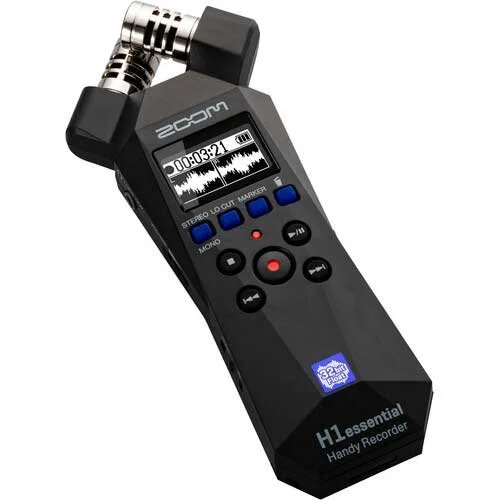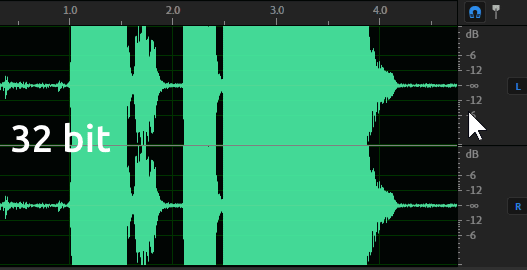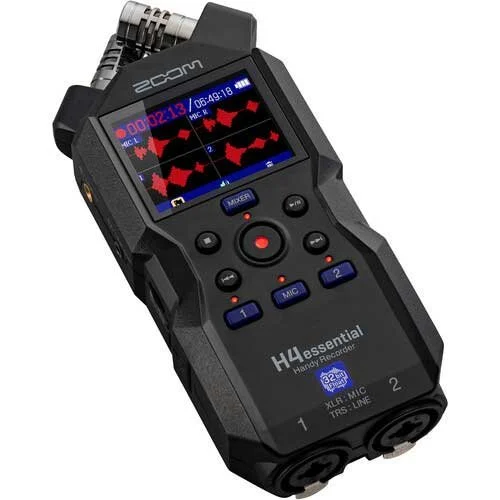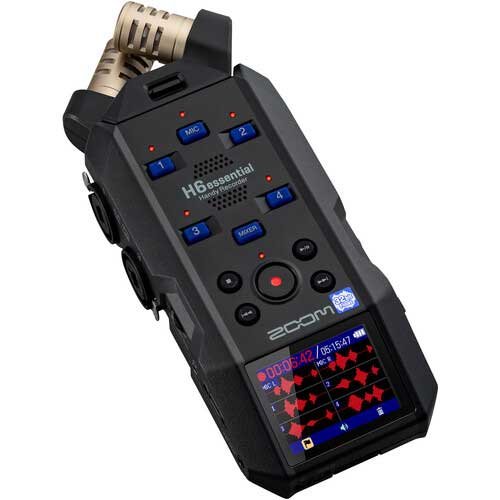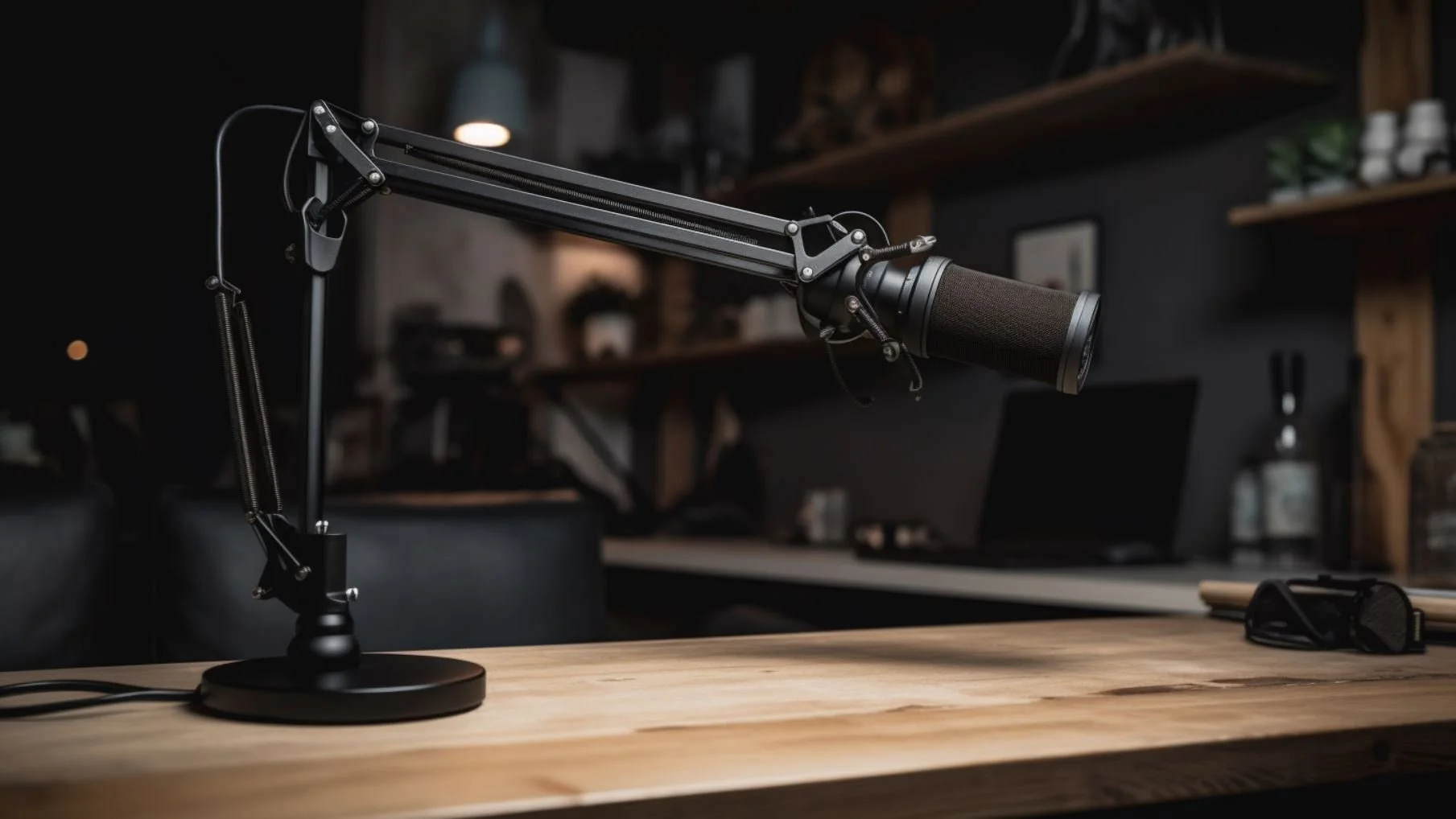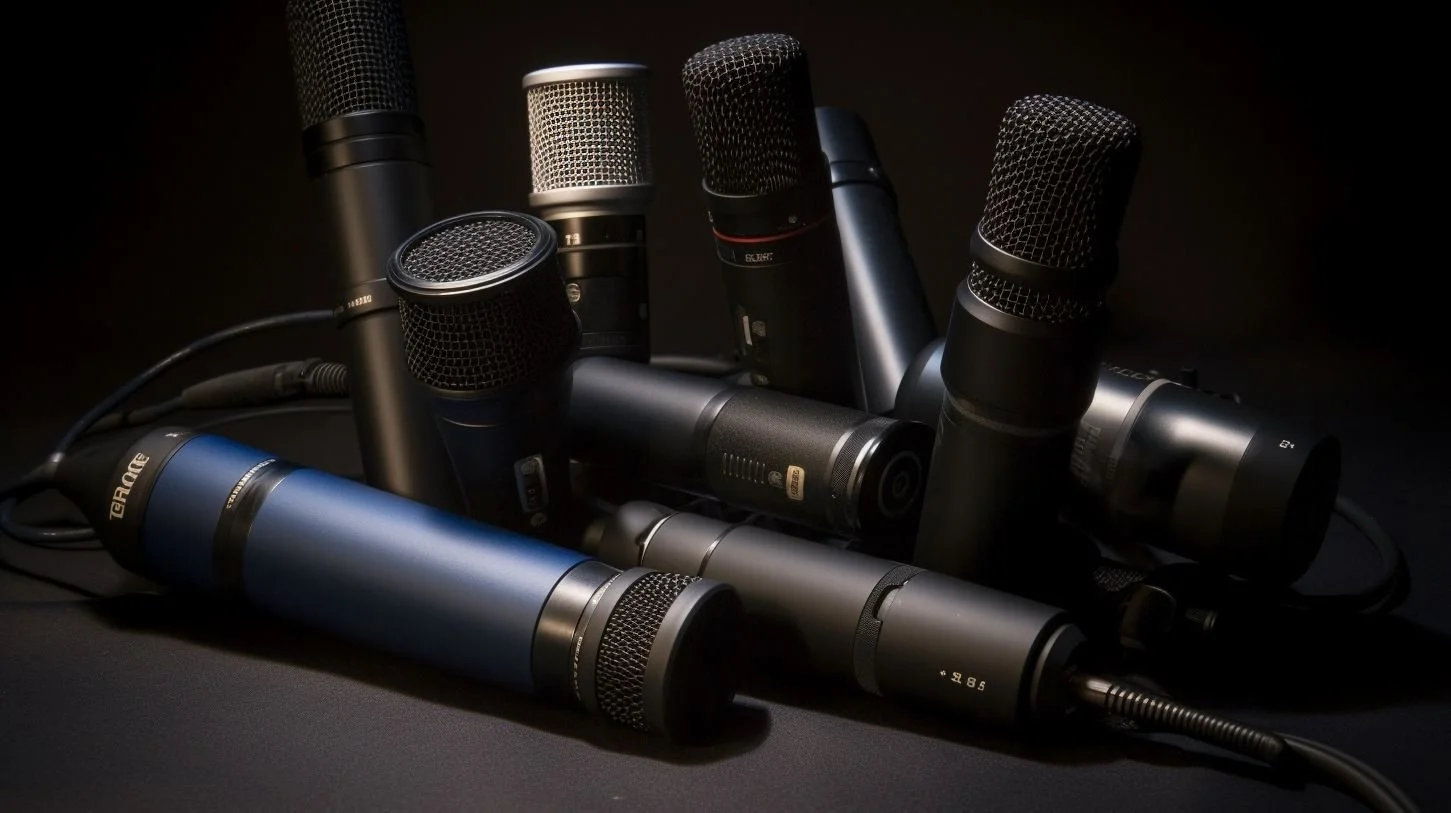Zoom Essential: First Impressions (H1e/H4e/H6e)
Early this year, NAMM 2024 was held between Jan. 25th-28th.
At the show, Zoom unveiled their new line of field recorders: the Zoom H Essentials line.
The new product line consists of 3 revamped H-series recorders:
Right off the bat, the most obvious updates to the 7-year-old recorders include 32-bit float, and blue and red accent colors.
As a professional nature sound recording artist, I’d like to walk you through the new features from my point of view.
Let’s get started!
Zoom H1essential
The Zoom H1essential is a field recorder myself, and a lot of others, have been waiting for for several years…an affordable handheld recorder with 32-bit float, a stereo 3.5mm microphone input for powering external mics, and voice assist.
Finally, we have a solution!
Why Is This Huge?
The combo of 32-bit float, stereo mic in, and affordability is great news for myself and other nature field recordists.
Because nature sounds are quiet ( ≈ 30dB), we need equally quiet microphones to record them without unwanted electronic hiss in the background.
Nowadays, all handheld field recorders’ internal microphones are too noisy to capture natural sounds without hiss (the Sony D100 was up to the task, but was discontinued several years ago).
To get around this roadblock, and without spending a fortune, most of us are familiar with the Primo EM272 capsule; a super small, ultra-quiet, affordable, omnidirectional, electret microphone.
Many of us have purchased preassembled EM272 stereo mics, or bought just the capsules and made DIY microphones that sound better than professional condenser mics costing $1000 or more.
So, this is huge because we now have an affordable 32-bit float recorder to use the EM272 microphones with!
Why Is 32-bit Float So Great?
32-bit float recordings can capture such a wide dynamic range that you do not have to set your gain levels.
No matter how loud the sound source (as long as it does not exceed your mic’s max SPL), you will be able to fully recover distorted recordings that exceeded 0dBFS. More info
32-bit float vs. 24-bit recordings.
Notice how the 32-bit recording restores all sonic peaks when the gain is reduced, while the 24-bit recording remains a flat line.
Not worrying about gain levels and distortion is a major relief and time saver for anyone working with audio. For nature field recordists, it’s even more beneficial.
Many nature field recordists use drop rigs to help capture rare moments in the wilderness.
Drop rigs consist of a recorder and microphone(s) left in the field to record without the recordist present.
They’re useful for attempting to capture the sounds of rare or secretive species, increasing your chances of recording a moment without noise pollution, and for listening in at night while you sleep.
Before 32-bit float, we had to set our gain levels conservatively low to account for unexpected, loud moments (a very close singing bird, wildlife sniffing our mics, a thunderclap, etc).
Now, we can place our drop rigs with full confidence that no matter what our mics experience out there, everything will be usable, zero distortion.
Technically, The H1essential Wasn’t First…
The first portable field recorder to offer 32-bit float and stereo 3.5mm mic input was the Tascam Portacapture (X6/X8).
However, with a touchscreen interface with no audio guidance, it is the definition of inaccessible for blind or vision-impaired users.
Add that to the fact that the launch was plagued with issues, the Portacapture was not very well received within the field recording community.
The Most Accessible Field Recorder Ever
Unlike the Tascam Portacapture, the H1essential features audio guidance, making the new recorder accessible to blind and visually impaired people.
I know two blind field recordists who have already reached out to me to express their excitement.
This is a great step forward and a feel-good moment to see us thinking and inventing new products that are more inclusive toward the human collective.
The Bottom Line
Will I be purchasing an H1essential? Yes.
While I’m sure the H1essential still features the same cheap plastic build quality of the H1n, this has never been an issue for me. And for the price, it’s hard to expect anything fancy like an aluminum body.
There’s a ton of value in the H1essential for the modest price tag. 32-bit float, stereo mic input, and dictation are all features to love and create with.
Zoom H4essential
First of all, I think it’s interesting that Zoom revamped the H4n instead of the H5.
However, the decision makes sense as the H4n and H4n Pro had a lot of features specifically for musicians that the H5 lacked, and their preamps were equally quiet.
Let’s see if the H4essential is equally equipped for musicians as the older and H4n Pro.
Features Overview
32-Bit Float
Accessibility - menu and setting audio guidance in English, Spanish, French, Japanese, German, Italian or Chinese
130dB Max SPL - 10dB improvement over the internal X/Y mics on the H1essential
Audio Interface - can connect to computer to use as 4-in/2-out audio interface
Built-In Mixer
Bluetooth Timecode - with BTA-1 adapter (not included)
Color LCD
3.5mm Stereo Mic Input
MicroSDCX - up to 1TB
-120dBU EIN - same as H4n Pro
H4n Pro Still Better for Musicians?
Surprisingly, Zoom decided to revamp the H4n Pro to create the H4essential, but left out a lot of valuable features to musicians.
Now, there’s no complete owner’s manual available for the H4essential, only a quick-start guide, but with the lack of any mention of the following features, I think it’s safe to assume the following are missing on the H4essential that the H4n Pro had.
Update: The full operation manual is out now and the following features are indeed missing.
Missing Features:
Built-In Effects - the H4n Pro had over 50 built-in effects including guitar effects, reverbs, delays, flangers, chorus, and reverse effects. The H4essential appears to have zero built-in effects.
Overdubbing - surprisingly, the H1essential has overdubbing, but there’s no mention of this feature for the H4essential on Zoom’s website or in the manual.
Tuner
Metronome
Again, with no complete owner’s manual available for the H4essential, take this with a grain of salt and cross your fingers to will these features into existance.
Maybe Zoom was rushed to have their Essentials line ready for the 2024 NAMM show and will introduce these features with a firmware update.
Menu Navigation
Menu navigation consists of a scroll wheel (the headphone volume wheel) and an “ENTER” button to select and confirm settings.
While I think this is great for accessibility, it would have been better if the scroll wheel could be depressed to take the place of the “ENTER” button.
Dedicating all menu navigation to a push-button scroll wheel would be more efficient and streamlined.
Navigating menus always feels tedious and the requirement for multiple wheels/buttons feels clunky.
Bottom Line
If you’re a musician who enjoyed recording, mixing, and mastering complete songs on the H4n Pro, the H4essential does not appear to be an upgrade. Sure, you wouldn’t have to worry about distortion and setting gain levels, but the H4essential lacks built-in effects, overdubbing, a tuner, and a metronome. Stick with the H4n Pro or upgrade to the Zoom R4.
For others looking for a portable field recorder with 32-bit float, I’m not sure the H4essential makes sense for you either.
If all you need is a portable 32-bit float recorder with built-in mics, the Zoom H1essential is cheaper. True, the built-in H1essential mics have a lower max SPL specification (120dBU vs. 130dBU), but for most users, 120dBU is plenty of dynamic range.
If you want a 32-bit float recorder with XLR inputs, the Zoom F3 is vastly superior to the H4essential with significantly quieter microphone preamps (-127dBU EIN vs. -120dBU EIN). True, the F3 lacks built-in microphones, but if you’re after the enhanced sound quality of external XLR mics, you probably wouldn’t be using the internal mics on the H4essential anyways.
In conclusion, I’m not sure who the intended H4essential user is. It doesn’t do anything better than any existing Zoom products, and does a lot of things worse. The only use cases I can think of is if you need a portable 32-bit float recorder with internal mics that can handle 130dB max SPL, or don’t have the budget for an F3.
Zoom H6essential
The Zoom H6essential is the flagship model of their new “Essentials” line of field recorders. Let’s see if it lives up to that title.
Features Overview
32-Bit Float
Accessibility - menu and setting audio guidance in English, Spanish, French, Japanese, German, Italian or Chinese
Internal X/Y Mics - max 135dB SPL (5dB increase over H4essential and 10dB increase over H1essential)
Interchangeable Capsules - available mics: X/Y, stereo shotgun, additional x2 XLR inupts
x4 XLR/TRS Inputs
Color LCD
Audio Interface - can connect to computer to use as 6-in/2-out audio interface
Built-In Mixer
Bluetooth Timecode - with BTA-1 adapter (not included)
MicroSDCX - up to 1TB
-120dBU EIN - same as H6
Bottom Line
The Zoom H6essential is basically the same as the older H6 but with 32-bit float and a few less features.
The old H6 has a metronome, tuner, and plug-in-power for 3.5mm microphones. There’s no mention of any of these features for the H6essential. However, until a full owner’s manual is available, we won’t truly know if the H6essential is lacking these features.
Update: The full manual is out and the H6essential is indeed missing these features.
In conclusion, the H6essential appears to be a solid upgrade over the H6, despite the lack of support for plug-in-power external microphones. It still has 4 XLR inputs (can expand to x6 total) and interchangeable capsules.
It should appeal to podcasters, location sound recordists, and some musicians/bands looking to upgrade to a 32-bit float portable recorder.
Support Acoustic Nature
If you enjoyed this post and would like to help support Acoustic Nature, please consider "buying me a coffee" or becoming a Patreon with the buttons below.
As a thank you for your support, Patreon supporters receive a copy of Field Recording For Beginners, exclusive access to the full Behind The Sounds video series, nature sound library downloads, and more.
If you are unable to support the site financially, please share this post with others, or leave a comment below letting me know you enjoyed this post! Both are free and help the website grow. Thank you ♫
Thanks for reading,
-Jared


